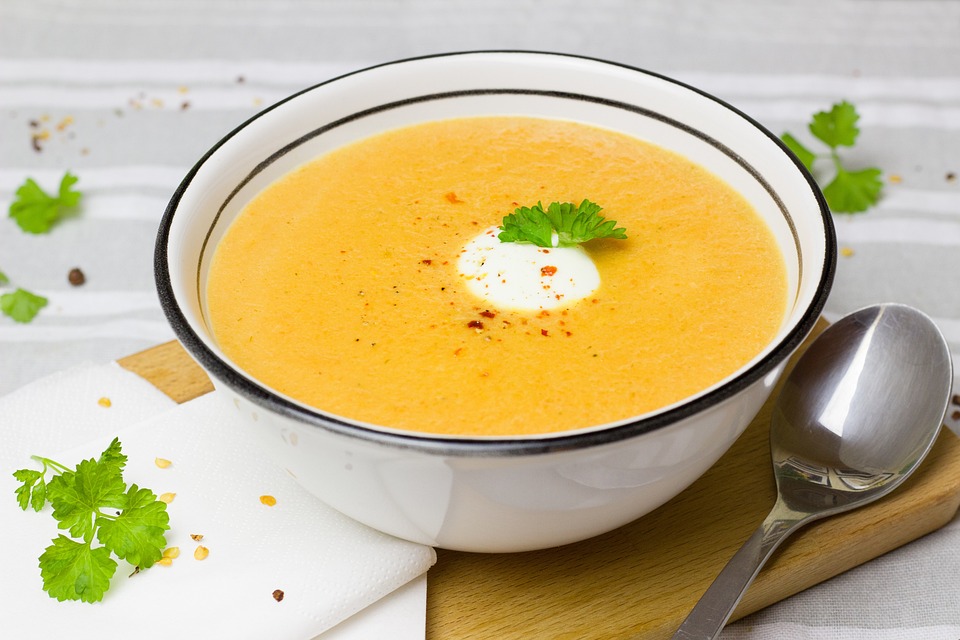[ad_1]
Miso, a traditional Japanese seasoning produced by fermenting soybeans with salt and koji (the fungus Aspergillus oryzae) and sometimes rice, barley, or other ingredients, is a versatile ingredient that can be used in a variety of dishes. While most commonly associated with miso soup, there are many innovative ways to incorporate miso into your cooking to add depth of flavor and a unique umami taste to your dishes.
1. Miso Marinade
Miso can be used as a flavorful marinade for meats, fish, and vegetables. Mix miso with some soy sauce, mirin, and a bit of sugar to create a delicious marinade for your favorite proteins. Let them marinate for a few hours, then grill, bake, or pan-fry for a mouthwatering dish that’s sure to impress.
2. Miso Glaze
A miso glaze can add a rich, savory flavor to roasted vegetables, tofu, or even grilled fruit. Simply mix miso with a bit of honey or maple syrup, some rice vinegar, and a dash of sesame oil for a fantastic glaze that will elevate any dish.
3. Miso Butter
Mixing miso with butter creates a creamy and umami-rich spread that’s perfect for slathering on bread, corn on the cob, or even tossing with hot pasta. Miso butter adds a unique depth of flavor to any dish and is incredibly easy to make.
4. Miso Dressing
Miso can be used to make a delicious salad dressing with just a few simple ingredients. Whisk miso with some rice vinegar, sesame oil, and a bit of ginger for a tangy and flavorful dressing that pairs perfectly with fresh greens and crunchy vegetables.
5. Miso Mayonnaise
For a creamy and umami-packed condiment, mix miso with mayonnaise to create a delicious spread for sandwiches, a dip for fries, or a topping for grilled meats and seafood. The savory, salty flavor of the miso pairs perfectly with the creaminess of the mayonnaise for a truly addictive condiment.
6. Miso Casseroles
Adding miso to casseroles, gratins, and baked dishes can add a depth of savory flavor that takes the dish to the next level. Try mixing miso with some broth and pouring it over a vegetable gratin before baking, or adding miso to a creamy pasta casserole for a unique umami boost.
7. Miso Sweets
Miso’s savory, salty flavor can also add a delicious twist to sweet treats. Try adding a spoonful of miso to your next batch of brownies, cookies, or caramel for a unique and unexpected depth of flavor that will have your friends and family asking for the recipe.
Conclusion
Miso is a versatile ingredient that can be used in a wide variety of dishes beyond the traditional miso soup. From marinades to dressings to desserts, miso adds a unique depth of flavor and a satisfying umami taste that can elevate any dish. Whether you’re a seasoned home cook or just starting out in the kitchen, incorporating miso into your cooking is a great way to experiment with new flavors and expand your culinary repertoire. So next time you’re at the grocery store, pick up a tub of miso and get creative with your cooking!
FAQs
1. Is miso gluten-free?
Traditional miso is usually gluten-free, as it is made from fermented soybeans, salt, and koji. However, it’s important to check the label as some miso products may contain added grains that could contain gluten.
2. How long does miso last in the refrigerator?
When stored in an airtight container in the refrigerator, miso can last for several months, if not longer. Its high salt content acts as a preservative, so it’s relatively shelf-stable. Just make sure to use a clean utensil each time you scoop out a portion to prevent contamination.
3. Can I use miso as a substitute for salt in recipes?
Miso can certainly be used as a flavor enhancer in place of salt in many recipes. However, keep in mind that miso does have a distinct flavor of its own, so the dish may have a different taste profile than if you had simply used salt. It’s best to experiment and adjust to taste.
[ad_2]




Comments